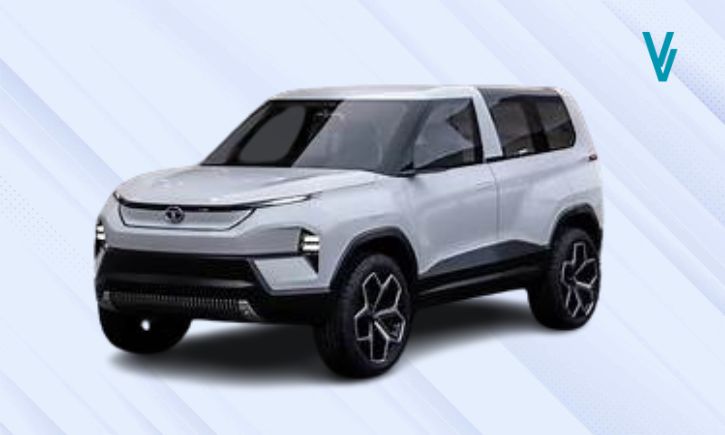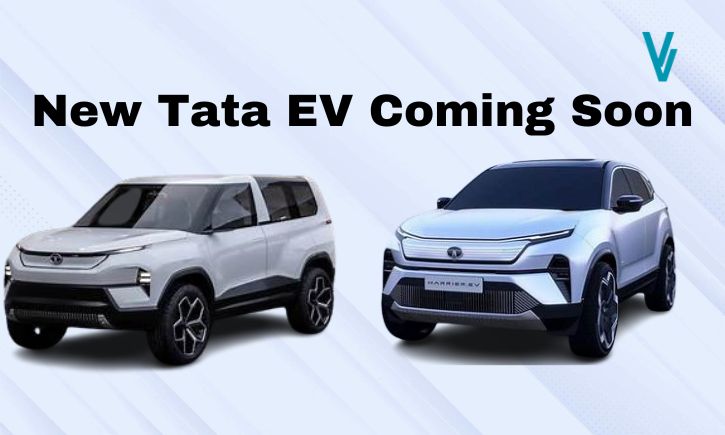Tata Motors, a pioneer in India’s electric vehicle (EV) market, is all set to expand its lineup with four new electric models, aiming to have 9 EVs in its portfolio by 2026. The new additions include three SUVs and one hatchback, promising cutting-edge technology, improved range, and a significant push for sustainable mobility.
Current EV Portfolio
Tata Motors currently holds the largest passenger EV portfolio in India, comprising five models:
- Nexon EV (SUV)
- Tigor EV (Sedan)
- Tiago EV (Hatchback)
- Punch EV (Micro SUV)
- Nexon EV Max (High-performance variant)
Despite a temporary slowdown in EV demand, Tata Motors remains optimistic, banking on innovation and consumer trust to maintain its leadership.
Upcoming EVs: What to Expect
1. Tata Harrier EV
- Launch Date: March 2025
- Platform: Acti.ev platform (also underpins the Curvv EV)
- Key Features:
- Dual-motor AWD system.
- Estimated 80kWh battery pack.
- Claimed range of around 500 km per charge.
- Positioned against Mahindra XUV 9e.
The production-ready Harrier EV will likely debut at the Bharat Mobility Show 2025, following its earlier pre-production showcase.
2. Tata Safari EV
- Launch Date: Late 2025
- Platform: Shared with Harrier EV on Acti.ev architecture.
- Key Features:
- AWD and dual-motor options.
- Similar range and performance as the Harrier EV.
The Safari EV expands Tata’s offerings in the premium electric SUV segment, promising robust performance and luxury.
3. Tata Sierra EV
- Launch Date: Late 2025
- Positioning: Lifestyle SUV
- Configurations:
- 5-seater for family use.
- 4-seater lounge with two electrically adjustable independent rear seats for a premium feel.
- Key Features:
- Available in 2WD and AWD options.
- Manufactured on the Acti.ev platform.
The Tata Sierra EV aims to cater to adventure enthusiasts and luxury seekers alike, reviving the Sierra nameplate with modern EV tech.
4. Tata Altroz EV
- Launch Date: 2025-26
- Platform: Likely to share powertrain with Punch EV.
- Key Features:
- Two battery options: 25kWh (range: 315km) and 35kWh (range: 421km).
- Compact size and affordability for urban commuting.
The Altroz EV marks Tata’s re-entry into the electric hatchback segment, offering affordability with modern EV features.

Technological Innovations
Tata’s upcoming EVs will be built on the Acti.ev platform, which supports:
- Front-Wheel Drive (FWD), Rear-Wheel Drive (RWD), and All-Wheel Drive (AWD).
- Large battery packs for extended ranges up to 500 km per charge.
- Enhanced performance with dual-motor setups for select models.
Challenges and Market Outlook
While Tata Motors’ EV plans are ambitious, the company faces challenges:
- High competition: With rivals like Mahindra, Hyundai, and MG entering the EV market, maintaining dominance will require constant innovation.
- Affordability: Premium EVs might struggle to attract budget-conscious buyers.
- Infrastructure: India’s charging infrastructure needs significant upgrades to support large-scale EV adoption.
Despite these challenges, Tata’s focus on range, performance, and technology puts it in a strong position to lead the EV revolution.
Why Tata Motors is Leading the EV Race
- Early Start: Tata was among the first to introduce affordable EVs in India.
- Strong Brand Trust: With reliable models like the Nexon EV, Tata has built consumer confidence.
- Government Support: Tata benefits from government incentives under India’s FAME II scheme.
Conclusion
Tata Motors’ plan to introduce four new EVs by 2026 reflects its commitment to sustainable mobility and technological advancement. With models like the Harrier EV and Sierra EV catering to premium buyers and the Altroz EV targeting budget-conscious consumers, Tata is strategically covering all segments.
As the demand for EVs grows and charging infrastructure improves, Tata Motors is well-positioned to remain at the forefront of India’s electric vehicle revolution. Whether you’re looking for a family SUV or a compact hatchback, Tata’s upcoming EVs promise something for everyone.


1 thought on “Tata Motors Expands EV Portfolio: 4 New Electric Cars by 2026”